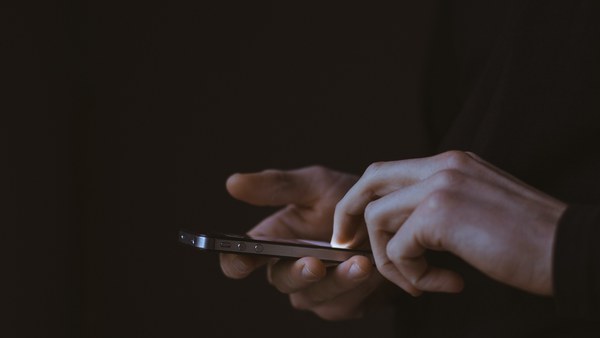
In a world of social distancing and Zoom, headlines abound about the value of touch and how much we may be missing a hug, a reassuring pat on the back or even a handshake.
But are we all hungry for touch?
And if we are, what can we do if we are unable to reach out and touch the ones we love?
Find out more with details about our exciting COVID study, our brand new experimental tool the “Virtual Touch Toolkit” and our mobile app, HandsOn.
Due to its relevance to the current pandemic, this work has been featured by several media outlets, in particular by the BBC R4 Programme, “The Anatomy of Touch” and by the Süddeutsche Zeitung in an interview with Prof. Merle Fairhurst (in German language).
A large-scale, academic collaboration between the Universität der Bundeswehr, Cyprus University of Technology & RISE Cyprus Research Centre, Liverpool John Moores University and University of Barcelona has resulted in the development of the Virtual Touch Toolkit. The primary aim of this project is to create a way for users to learn about the power of touch and to reflect on what touch means to them.
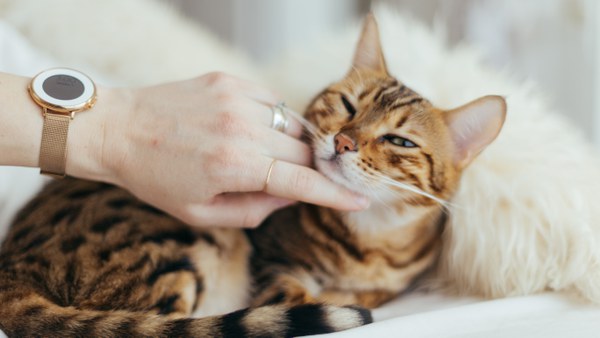
Research into affective touch continues to highlight its power to soothe, to reduce stress, to modulate pain and to help us connect with others. Recent evidence has also shown that the same brain regions are activated and that the same positive effects can be felt when we stroke ourselves, by thinking about being touched, or watching someone else being touched.

The Virtual Touch Toolkit takes advantage of these in-built mechanisms to self-regulate and to bring us back to baseline, by allowing users to interact with a virtual avatar and other 3D models, to learn about and train our sense of touch. Central to the development of the toolkit is that the exercises are based on and popularise existing empirical research. Importantly, these tools offer exciting opportunities to test both inside and outside of the laboratory setting so that we can better understand how these mechanisms function and their efficacy in both neurotypicals and in clinical populations. For those interested in learning more about these tools and potential collaboration, do contact us.
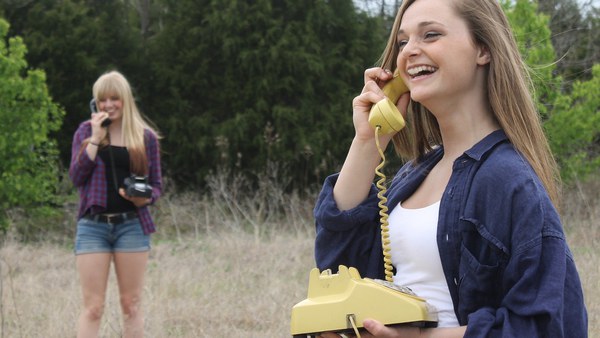
As a disclaimer, this project looks at virtual touch. The “Virtual Touch Toolkit” neither conflicts with established social distancing rules nor encourages any transgression against attempts to impede the pandemic. The single-user interaction required via the application toolkit is limited to user interface elements and 3D models.
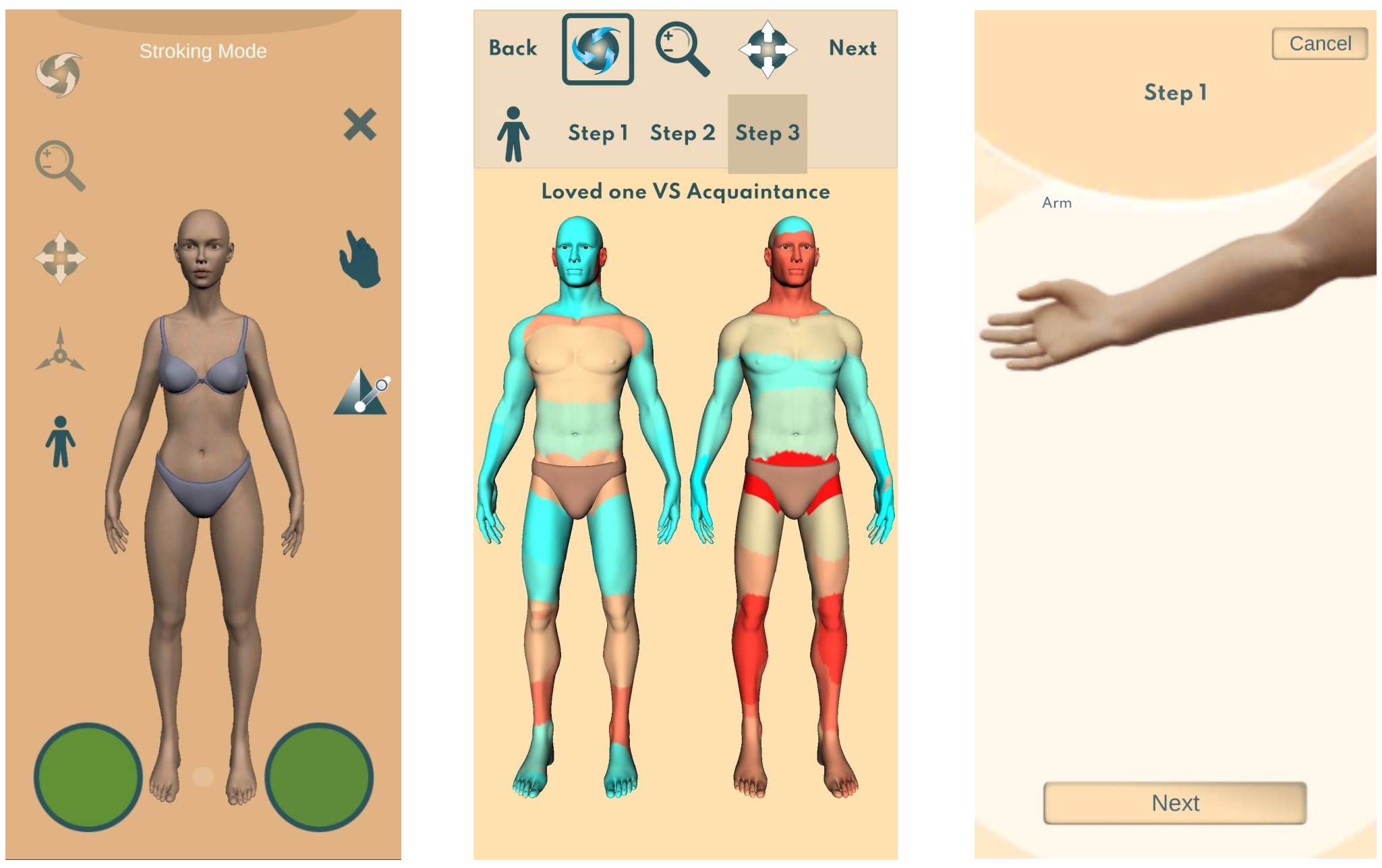
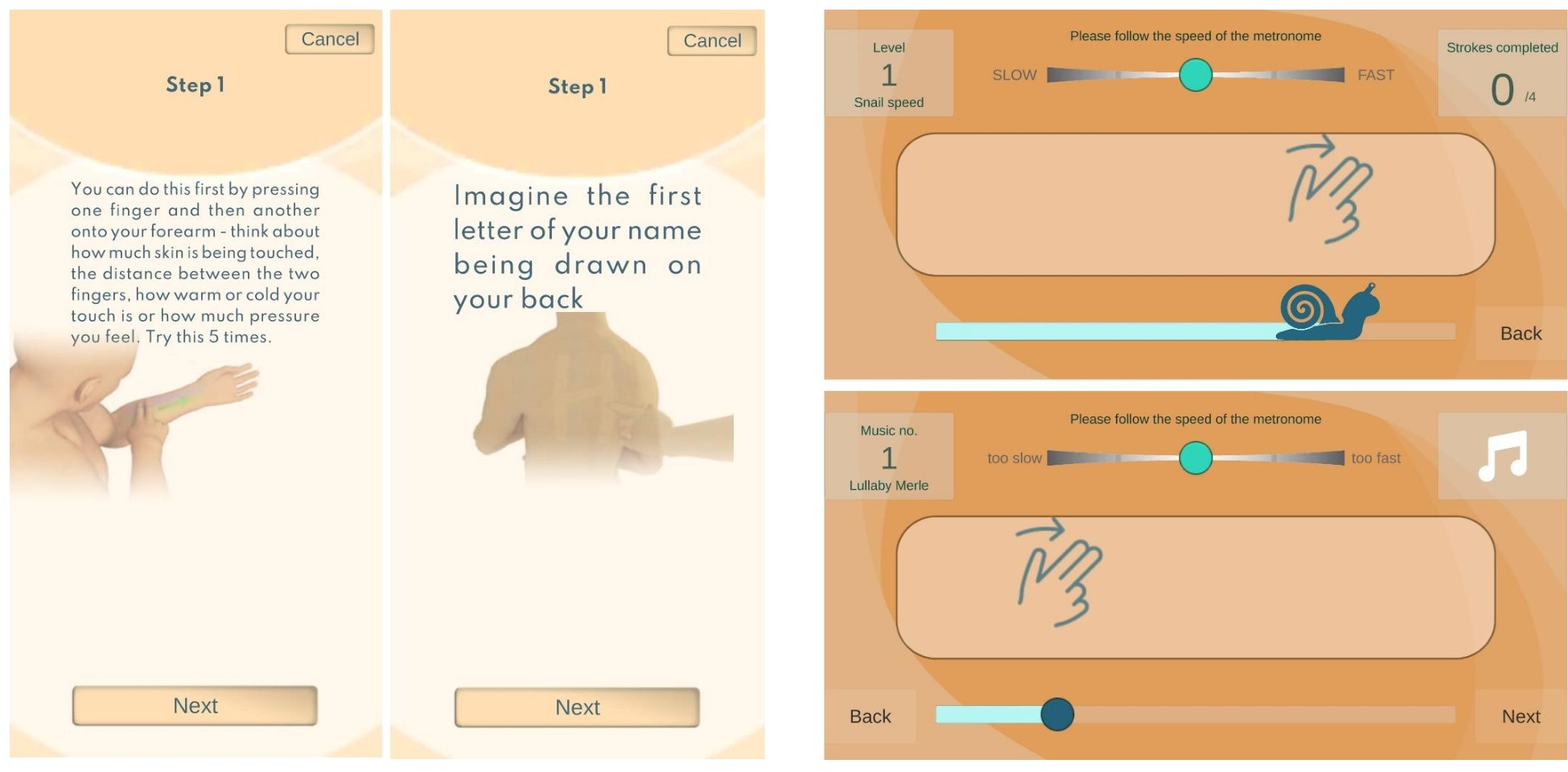
The HandsOn app is a cooperation project of the following research institutions:
